How to prune zucchini – why this often overlooked task is essential if you want the biggest yields
Will you be tempted to prune zucchini plants once you discover the potential benefits?
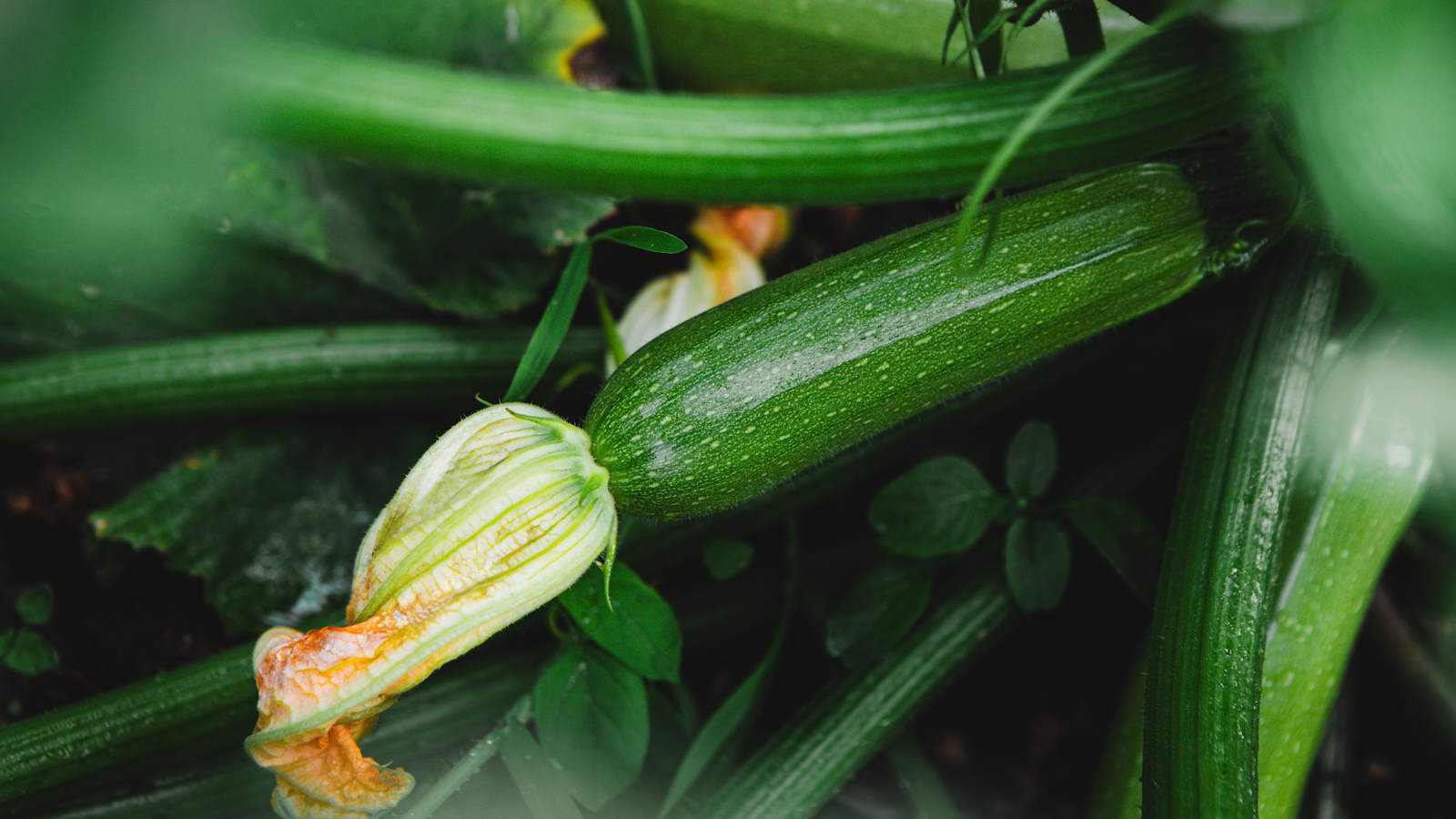

Do you prune your zucchini plants? I have grown the crop for many years and have never done major trimming, nothing more than removing diseased or damaged leaves.
However, I have seen how pruning zucchini during the summer can boost harvests and help combat common fungal diseases. I always prune tomatoes and cucumbers, and have pruned pumpkins and squashes before, so why not start actively trimming zucchini too?
Knowing why, when, and how to trim will be important, especially if you are new to growing zucchini. Let's deep dive into all you need to know to prune zucchini, including the dos and don'ts to help you achieve the goal of bumper crops and thriving plants.
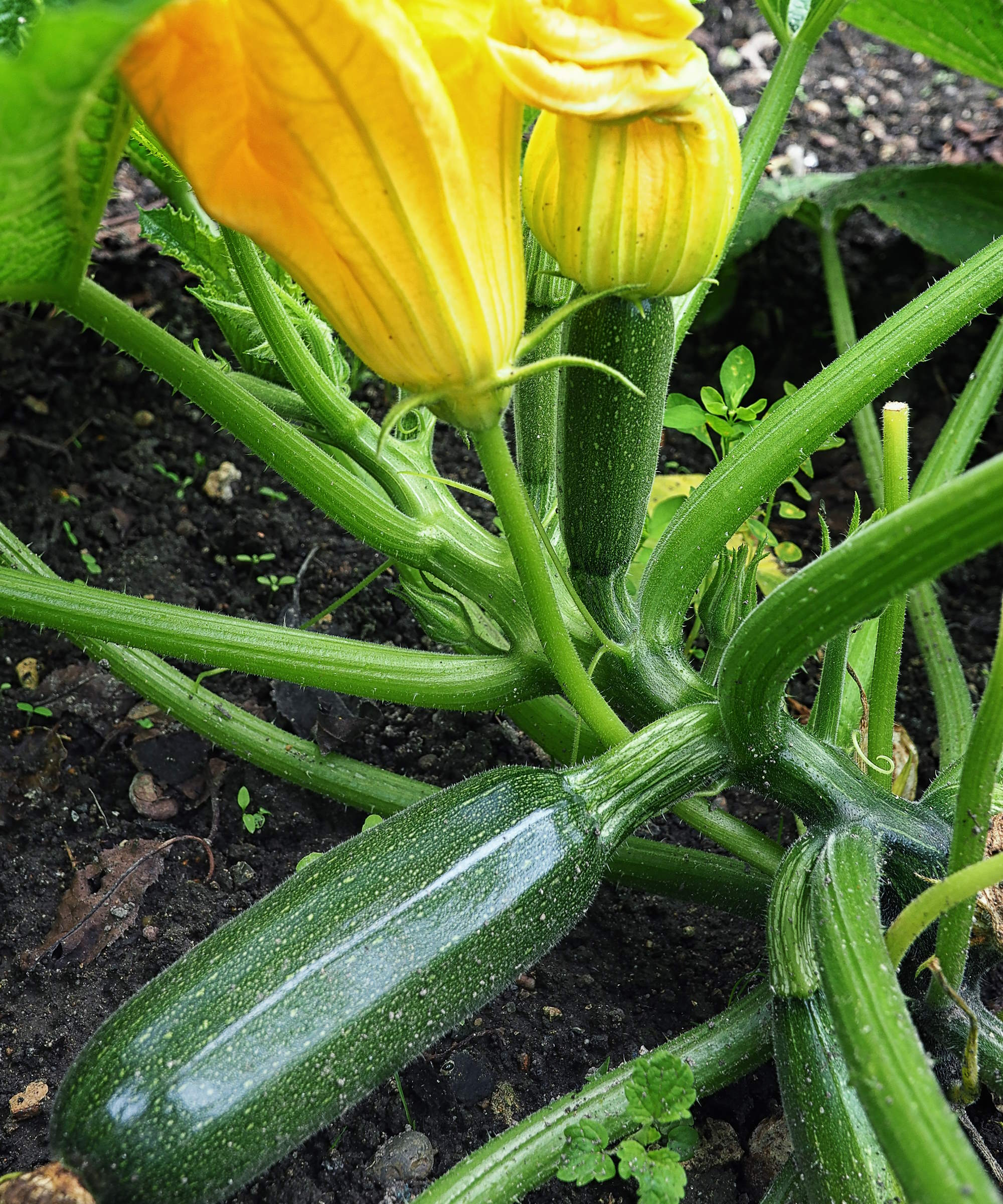
The timing and knowing what to trim is vital for pruning zucchini
How to prune a zucchini plant
Zucchini is an easy vegetable to grow and you can often get a good crop without too much fuss. Planting zucchini in the vegetable garden in late spring or early summer, once the temperatures warm and the night times get above 55°F, means they should romp away. The time will quickly come during the season to decide whether or not to prune.
Should you prune zucchini plants?
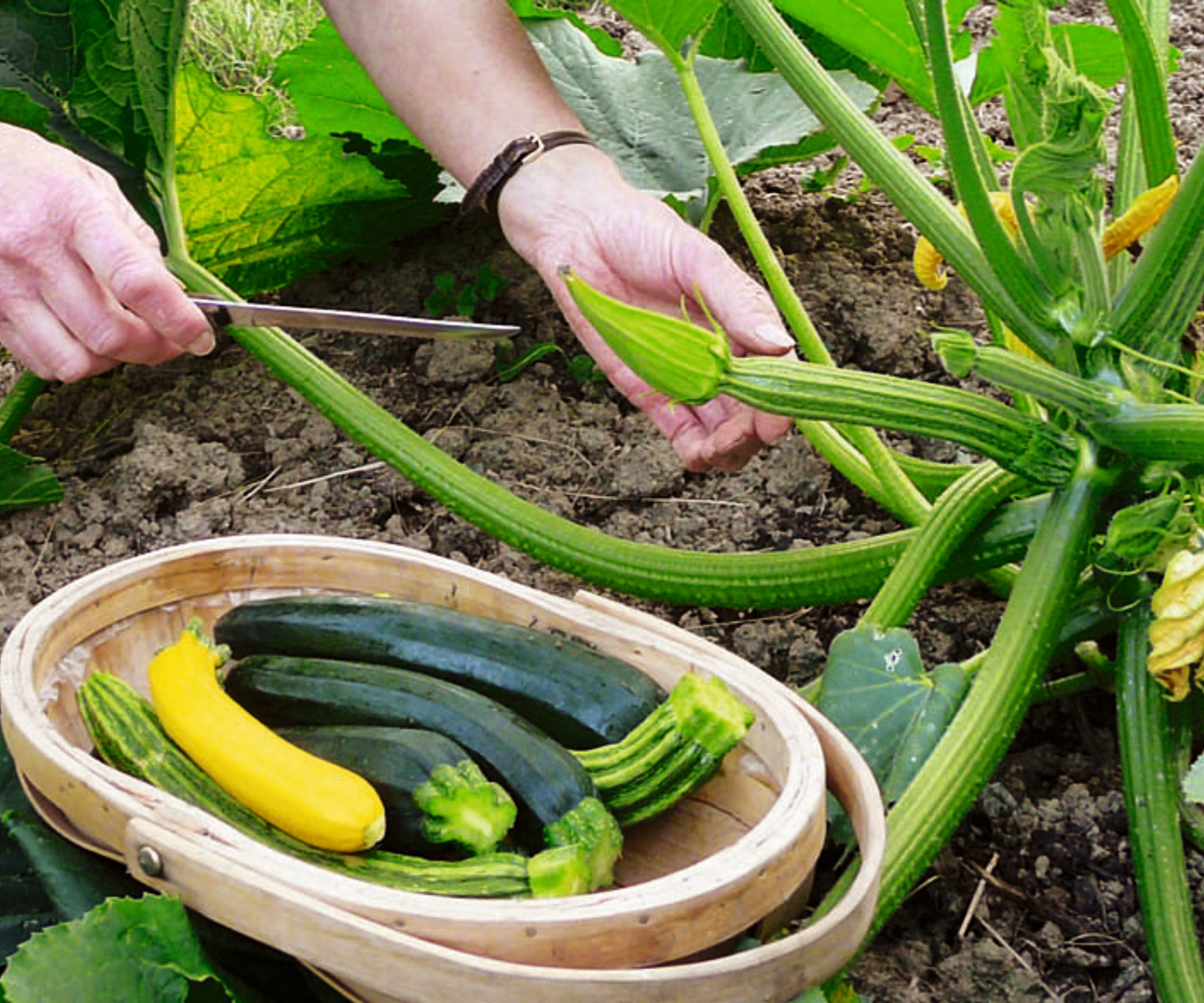
Pruning zucchini is often regarded as an inessential task
Whether you prune zucchini plants is up to the individual grower. It is not a prerequisite for growing the crop and you can have a good zucchini harvest without doing any pruning. I have withheld the pruning shears for years and still experienced the common glut of zucchini during the harvesting season.
However, while not an essential task for your summer gardening checklist, Sarah Warner, greenhouse manager at the Case Western Reserve University Farm, highlights why some growers prune their zucchini plants each year.
‘If the goal of the vegetable is to add it in dishes sporadically and to not preserve it then it wouldn't be necessary to try and get the highest yield out of one plant,’ she says.
‘But if the goal of the plant is to reach the highest yield then yes, pruning would be essential to reach that goal.’
Pruning can benefit both bush and vining types of zucchini. Cutting off old foliage redirects the plant’s energy into producing more flowers and, as a result, you will get more zucchini.
The other advantage of pruning is that removing leaves increases airflow and reduces the risk of fungal zucchini diseases, such as powdery mildew.
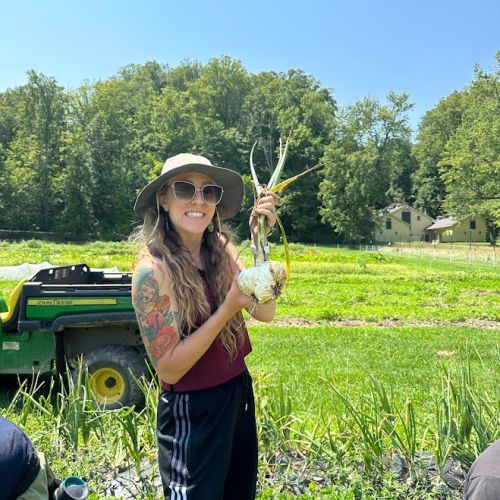
Sarah Warner is a farm associate with the farm food program at the Case Western Reserve University Farm. She is a Lorain County Community College graduate with an associate degree in Sustainable Agriculture and is also certified in Permaculture Design
When to prune zucchini plants
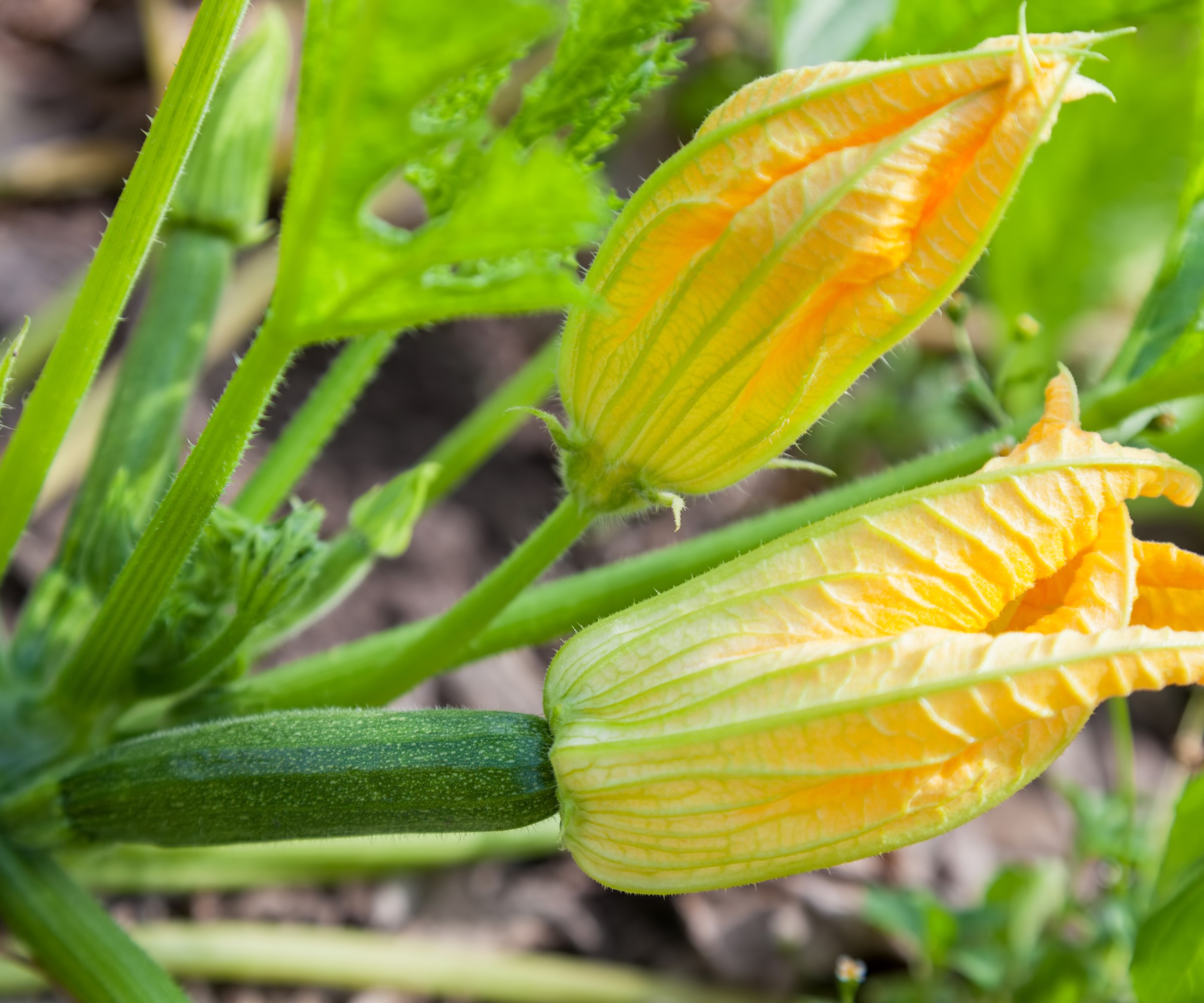
Don't prune zucchini too early, wait for fruits to begin developing
When pruning zucchini plants to increase fruit production, Sarah Warner advises starting too early would be a pruning mistake that could end up harming your overall harvest that season.
Sarah recommends: ‘You should not start pruning too early, it's best to wait until there are at least 5-6 zucchinis on the plant.’
Zucchini plants produce lots of flowers and fruit early in the season and that productivity can start to taper off. That is where pruning comes in to reinvigorate plants by boosting the sunlight and airflow and redirecting the plant’s energy.
Pruning too early will impact the development of early fruits and could stress the plant, especially if you remove too many leaves early on, which could affect photosynthesis.
However, any leaves showing signs of damage or disease are best pruned off quickly - whenever you spot them.
How to prune zucchini
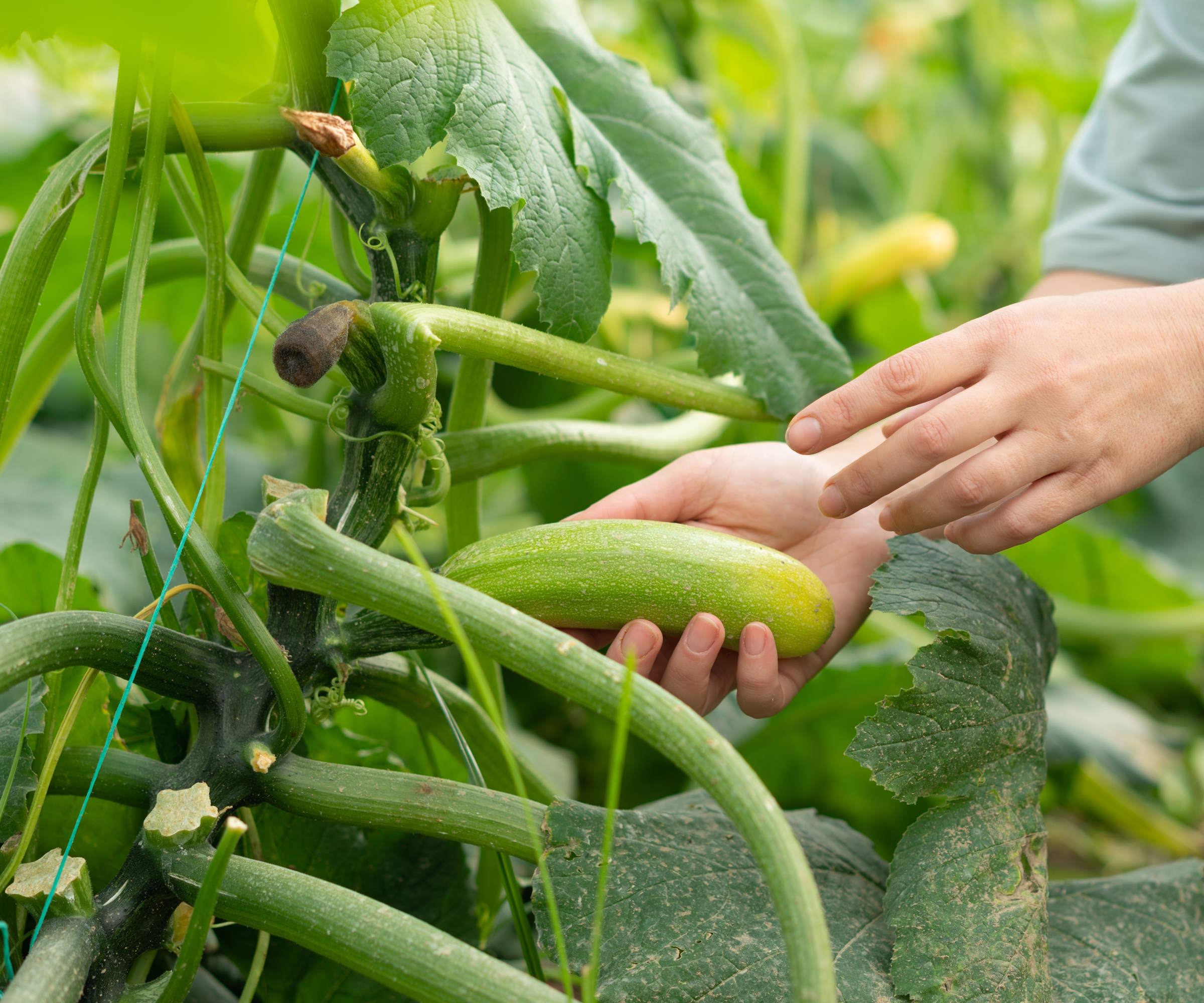
Pruning zucchini prevents older leaves succumbing to disease and spreading it around
Whenever you prune zucchini plants, always use clean and sharp pruning shears to avoid damaging the plant or spreading diseases around the vegetable garden. Gloves and long sleeves are also recommended as zucchini stems have spikey hairs that can aggravate the skin.
A simple guide to pruning zucchini:
- Wait until the plant has started to set 5-6 zucchinis before doing any pruning
- Assess the plant before pruning to identify any dead, diseased, or damaged leaves or fruit that need to be removed
- Remove any leaves that are touching the soil as they will attract pests
- Remove some older and larger leaves that are below the first fruits
- Remove any large outer leaves that are shading the plant or nearby crops
Important points to remember when pruning zucchini:
- Always use sharp and sanitized gardening tools
- Do not take too many leaves off - only remove a few at a time
- Always trim the leaves back to the main stem - the leaf stems are hollow and can attract pests or diseases if not completely removed
- Always cut off leaves rather than pulling, wrenching them off with your hands could pull up the whole plant
How to prune zucchini to grow vertically
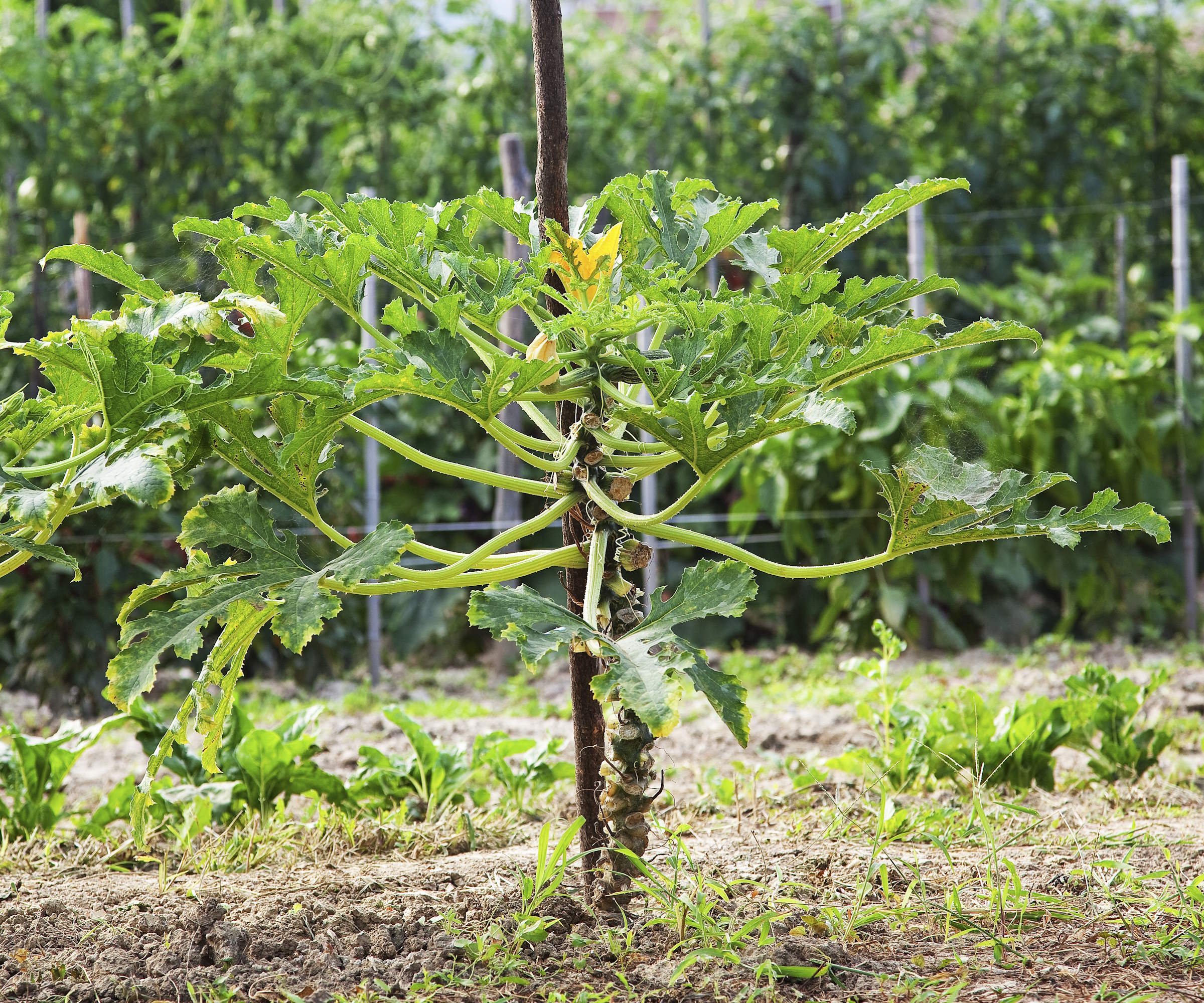
Growing the crop vertically involves pruning lower zucchini leaves
Growing zucchini vertically is a beneficial way to cultivate the crop in a small vegetable garden as it reduces the footprint of the plant’s sprawling stems and large foliage.
Pruning, supporting and training the plant are important aspects of growing the crop vertically. As the zucchini plant grows and is trained upwards, take your pruning shears and remove the oldest, lower leaves below the developing fruits.
Removing this surplus foliage means the energy is diverted into fruiting. It also allows for more air circulation throughout the plant. This helps combat powdery mildew, which can cause zucchini leaves to turn white as they age.
Shop essentials for pruning zucchini
![Tonma Pruning Shears [made in Japan] 8" Bypass Hand Pruners, Garden Scissors Clippers, Plant Trimmers](https://cdn.mos.cms.futurecdn.net/Lqn2P4FeMwZJZJ8CQDAScN.jpg)
A pair of heavy-duty and sharp pruning shears made of Japanese stainless steel, which can easily trim branches with a diameter of 1 inch.
FAQs
Should I remove the first flowers from the zucchini plants?
Zucchini plants produce both male and female flowers. The male flowers come first and are attached to the plant by a hairy stem, while the female flowers follow and grow from the end of the fruit.
The male flowers outnumber female flowers, but there is no benefit to removing them from the plant. You can harvest zucchini flowers to stuff, fry, or add to salads, though be careful and don't remove too many. Always leave flowers on the plant as you need a mix of male and female flowers for good pollination.
Has your opinion changed on pruning zucchini, or does it still seem an unnecessary task? Whether you grow crops in the ground or grow zucchini in containers, there are benefits. I am tempted to test the technique on a few plants to compare the effectiveness of pruning. It may become part of my annual maintenance regime going forward.
Sign up to the Homes & Gardens newsletter
Design expertise in your inbox – from inspiring decorating ideas and beautiful celebrity homes to practical gardening advice and shopping round-ups.

Drew’s passion for gardening started with growing vegetables and salad in raised beds in a small urban terrace garden. He has worked as a professional gardener in historic gardens and specialises in growing vegetables, fruit, herbs, and cut flowers as a kitchen gardener. That passion for growing extends to being an allotmenteer, garden blogger, and producing how-to gardening guides for websites. Drew was shortlisted for the New Talent of the Year award at the 2023 Garden Media Guild Awards.
-
 Anna Kendrick's favorite coffee maker is the first machine to make iced beverages that are 'just as cold as a coffee shop' – it's currently under $200
Anna Kendrick's favorite coffee maker is the first machine to make iced beverages that are 'just as cold as a coffee shop' – it's currently under $200The actress uses this smart machine to make perfect mocha frappes straight out of her kitchen – it's a summer 2025 must-have
By Hannah Ziegler
-
 Put your 'purgatory place' and 'dust detective' in play – 6 expert tricks professional organizers use to effortlessly edit down belongings
Put your 'purgatory place' and 'dust detective' in play – 6 expert tricks professional organizers use to effortlessly edit down belongingsStress-free streamlining is entirely within sight
By Andy van Terheyden
-
 This $20 pop-up greenhouse from ALDI is perfect for small yards – it will turbocharge your tomato harvests this summer
This $20 pop-up greenhouse from ALDI is perfect for small yards – it will turbocharge your tomato harvests this summerEasy to use and compact to store, pop-up greenhouses are ideal for patio or balcony gardeners
By Thomas Rutter
-
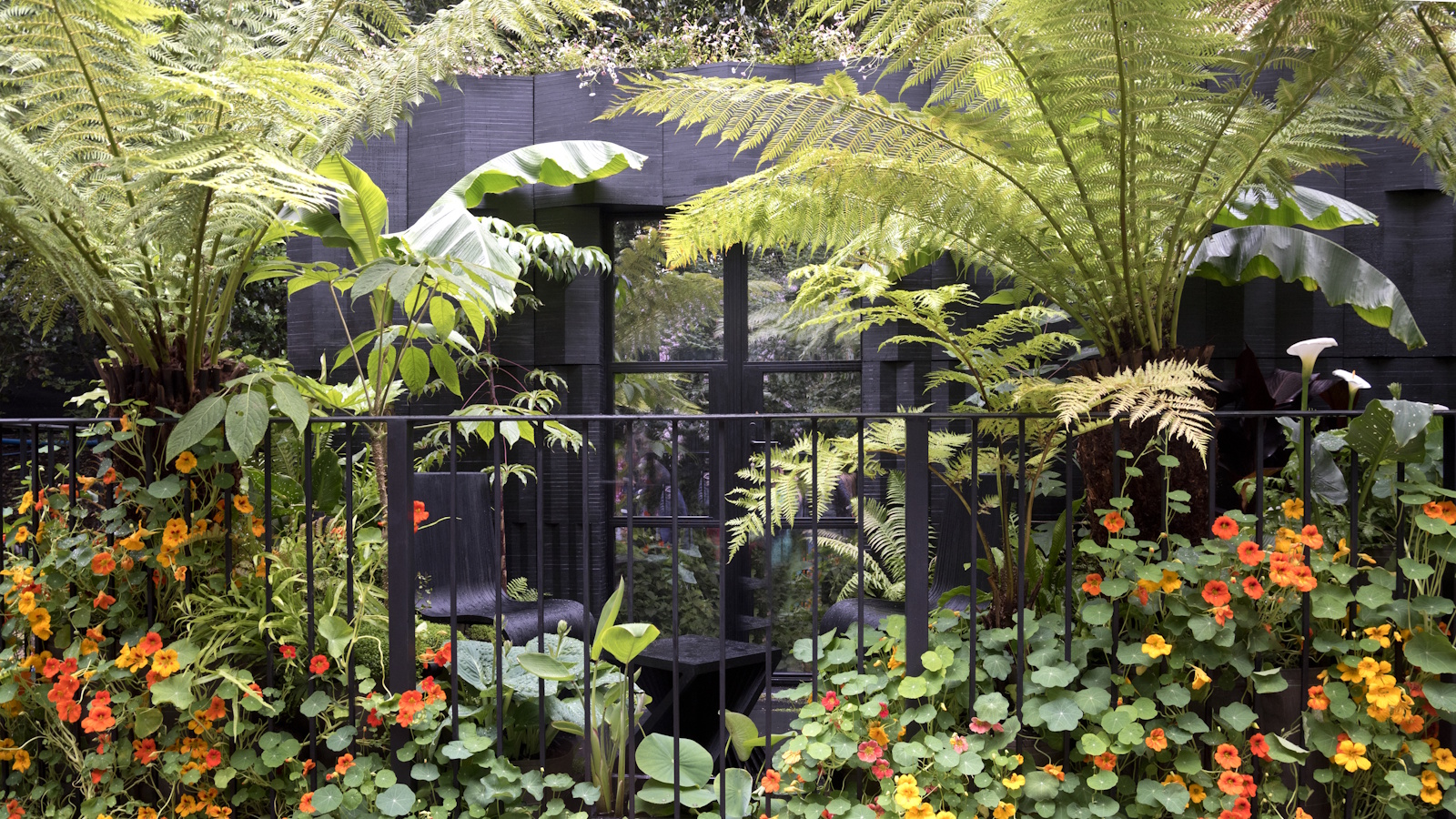 Small yard but want to grow your own crops? This wooden cold frame is 40% off at Wayfair – and it's perfect for tiny patios and apartments
Small yard but want to grow your own crops? This wooden cold frame is 40% off at Wayfair – and it's perfect for tiny patios and apartmentsCold frames are a sensible investment for any gardeners struggling for space on balconies, backyards or patios
By Thomas Rutter
-
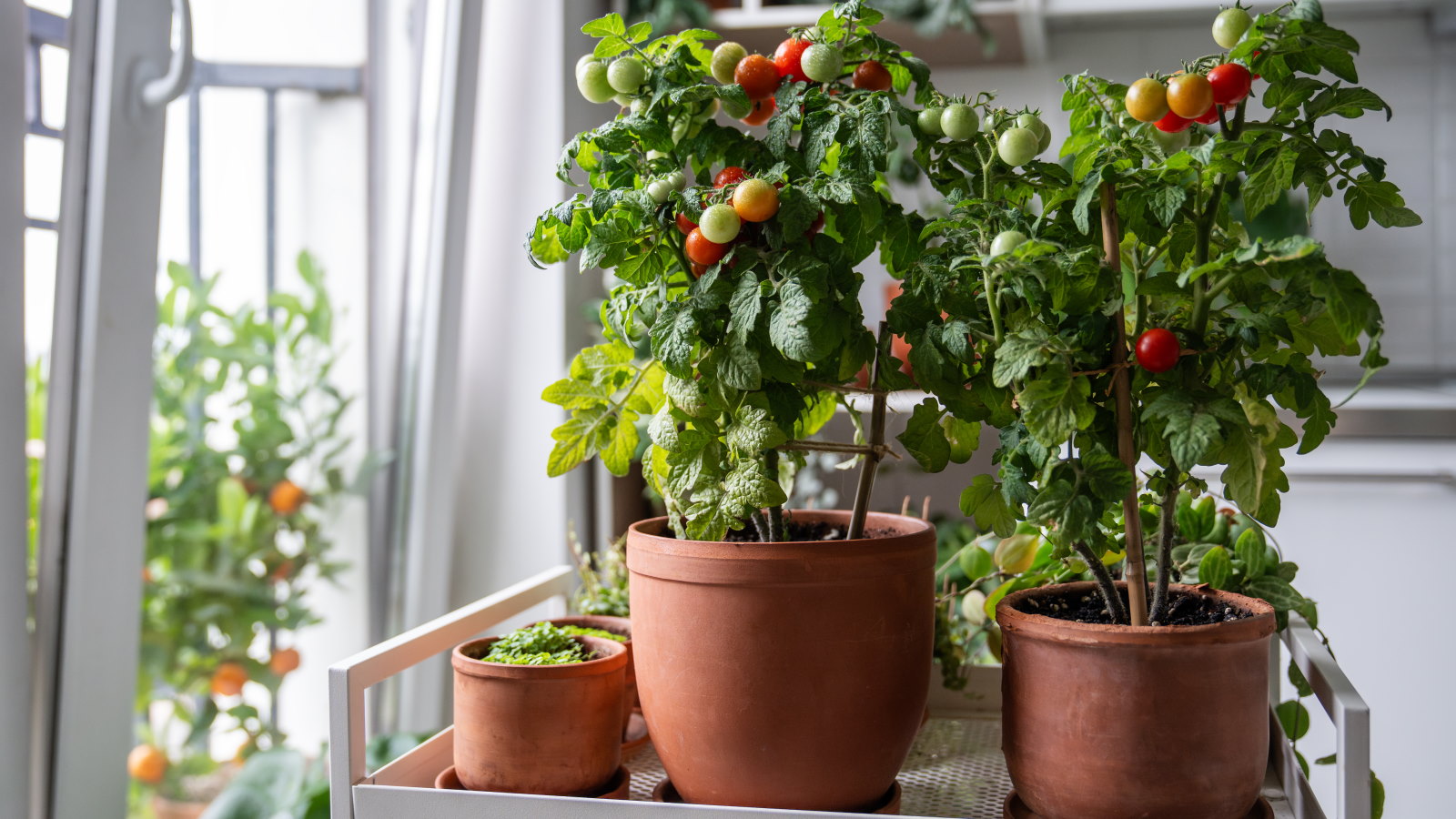 7 of the best tomatoes for growing in pots – expert growers pick their top varieties ideal for large harvests from containers
7 of the best tomatoes for growing in pots – expert growers pick their top varieties ideal for large harvests from containersYou can enjoy bumper homegrown harvests in small spaces
By Drew Swainston
-
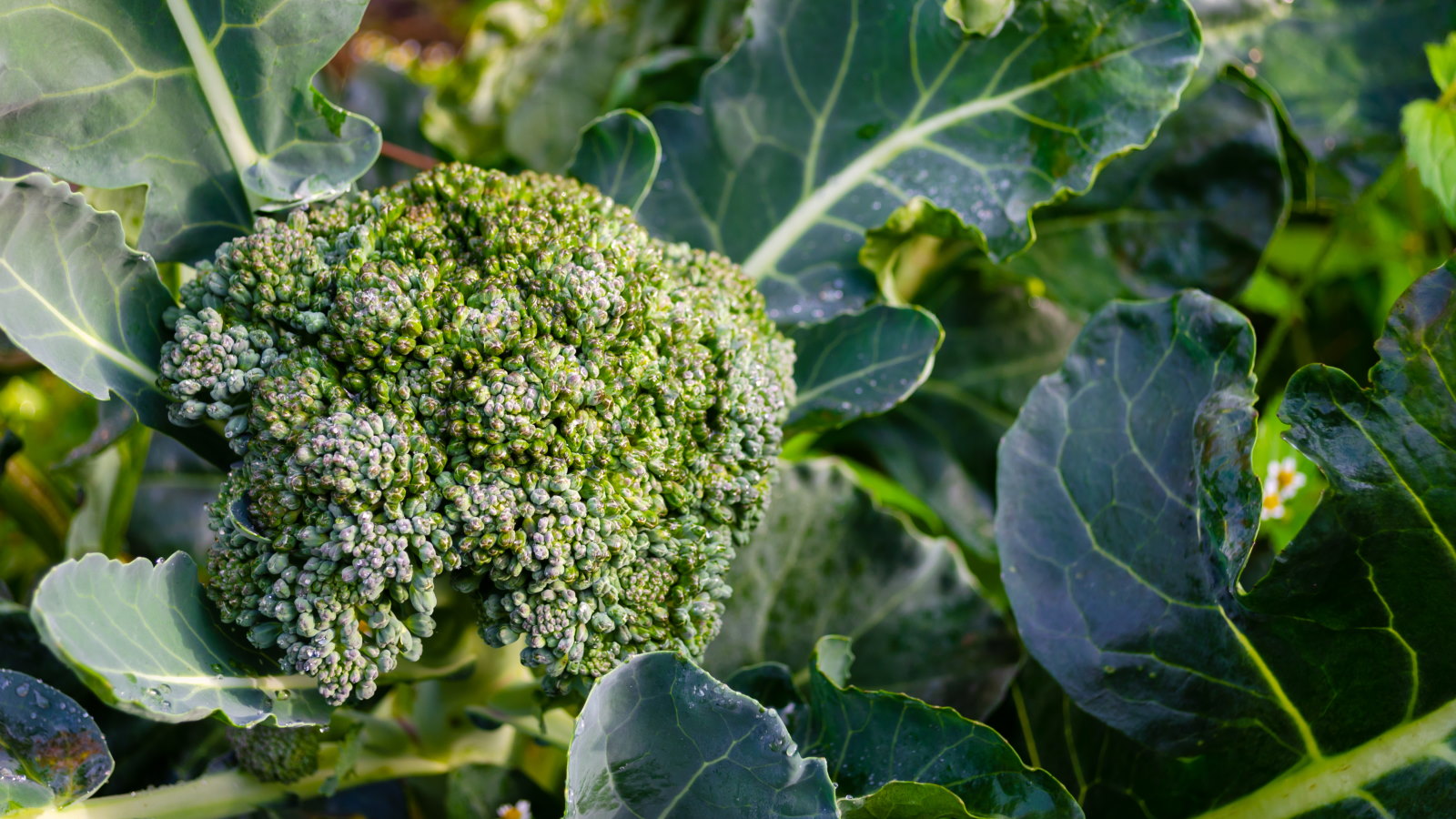 These 5 plants can help you get the best, and potentially tastiest, broccoli ever – discover what to plant with broccoli, and what to avoid
These 5 plants can help you get the best, and potentially tastiest, broccoli ever – discover what to plant with broccoli, and what to avoidOur selection of vegetables, herbs, and flowers is perfect for companion planting with broccoli
By Drew Swainston
-
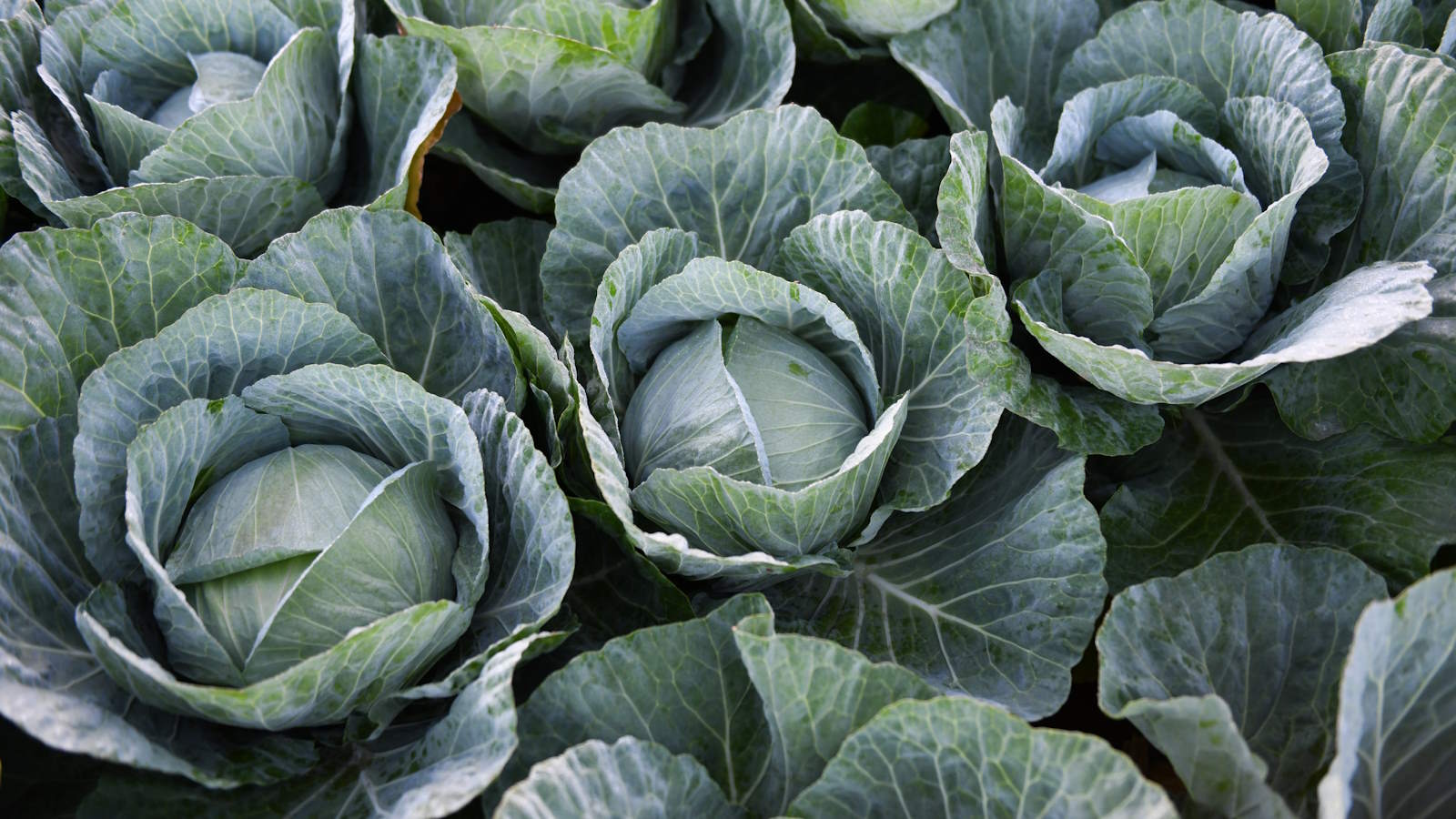 How to grow cabbages in containers – expert tips for top harvests in small urban spaces
How to grow cabbages in containers – expert tips for top harvests in small urban spacesYou can grow lots of different cabbages in pots, troughs, grow bags, or buckets
By Drew Swainston
-
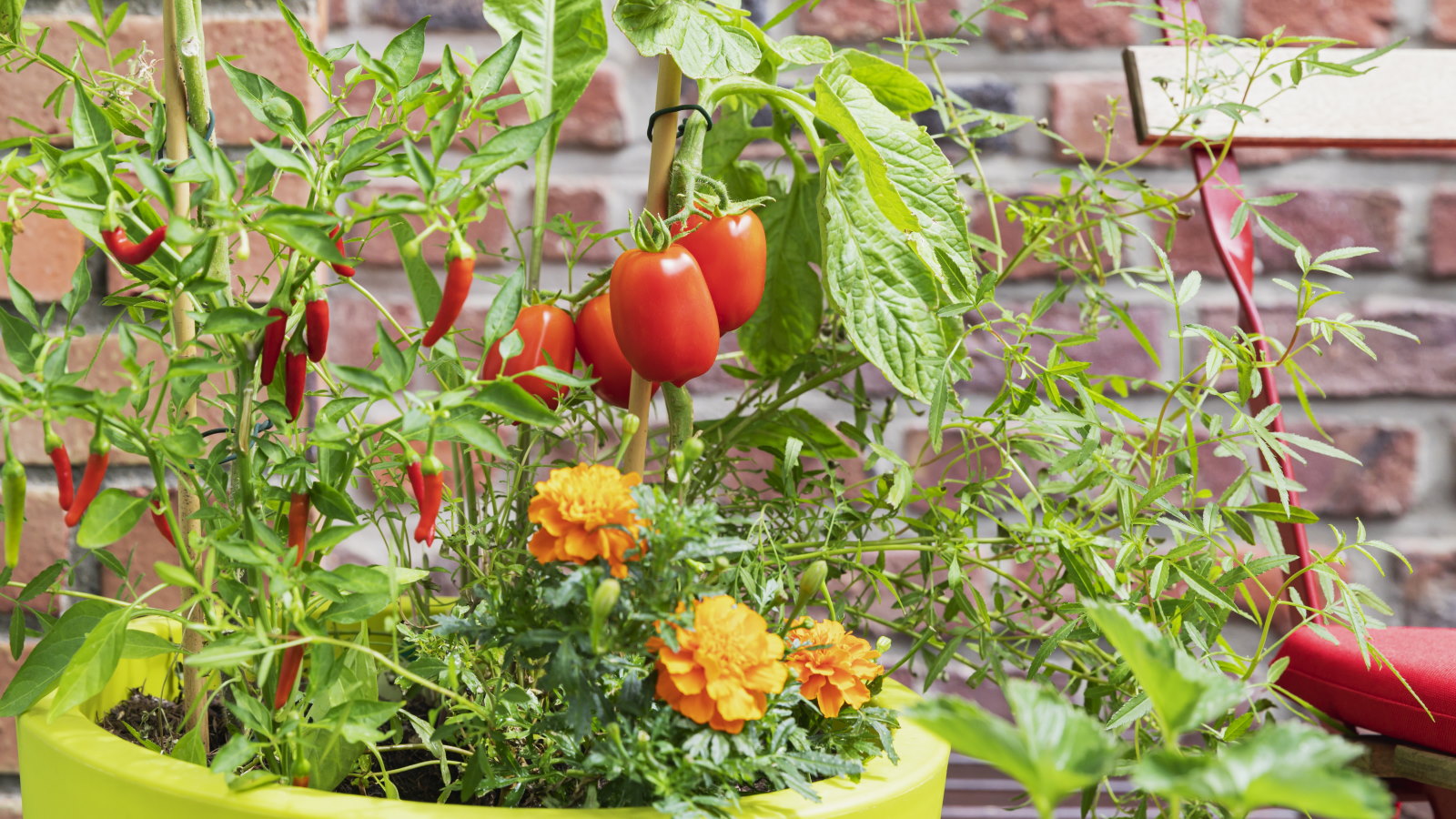 You'll get the best homegrown tomato crops if you plant them next to this one flower – discover why these two are a dream combination
You'll get the best homegrown tomato crops if you plant them next to this one flower – discover why these two are a dream combinationYour tomato plants will be pest-free and covered in fruits
By Drew Swainston
-
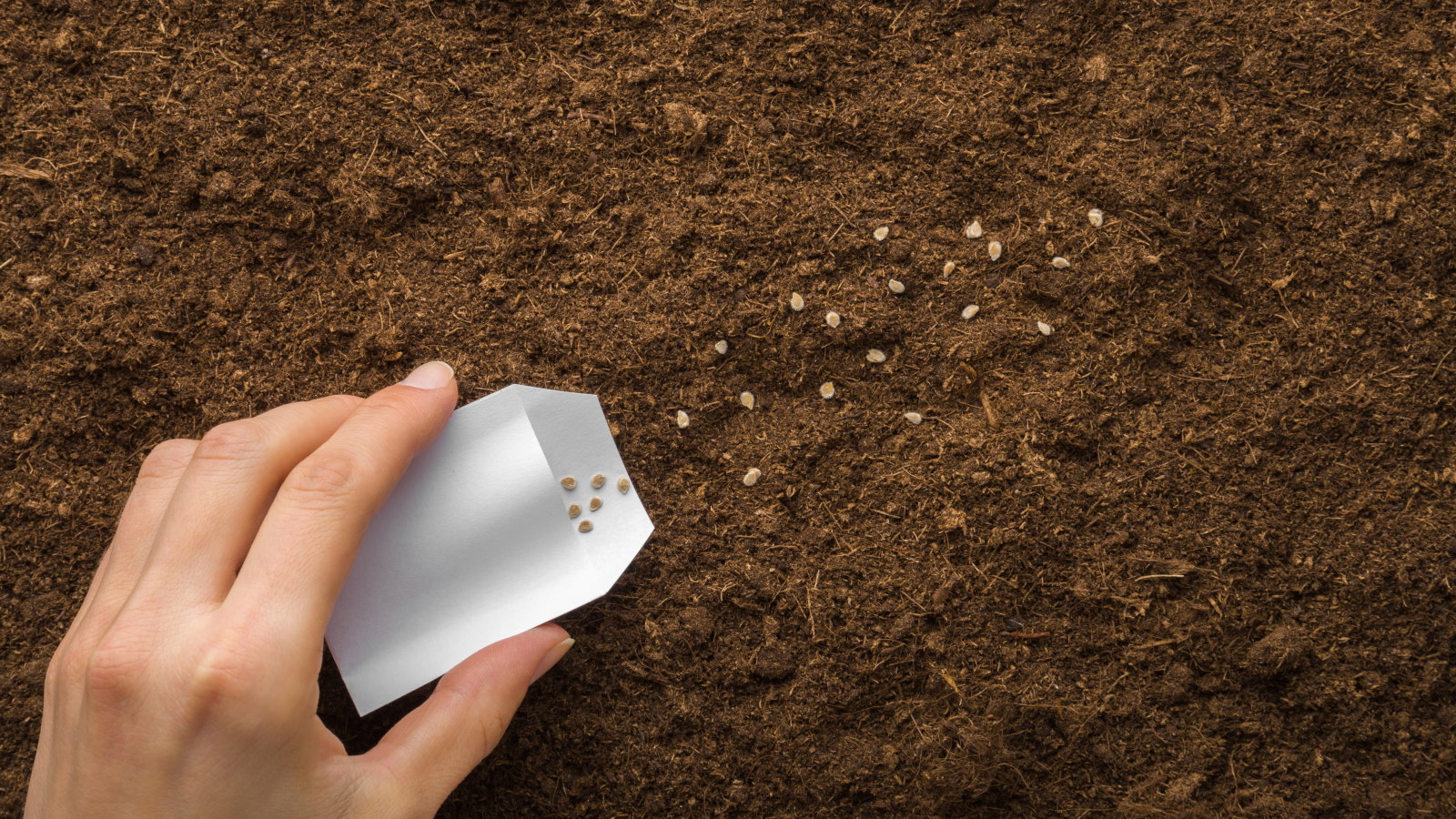 Direct sowing vs transplanting – our grow-your-own expert advises which is best, and shares 5 veggies you should always sow directly
Direct sowing vs transplanting – our grow-your-own expert advises which is best, and shares 5 veggies you should always sow directlyBoth approaches to sowing vegetables have pros and cons
By Drew Swainston
-
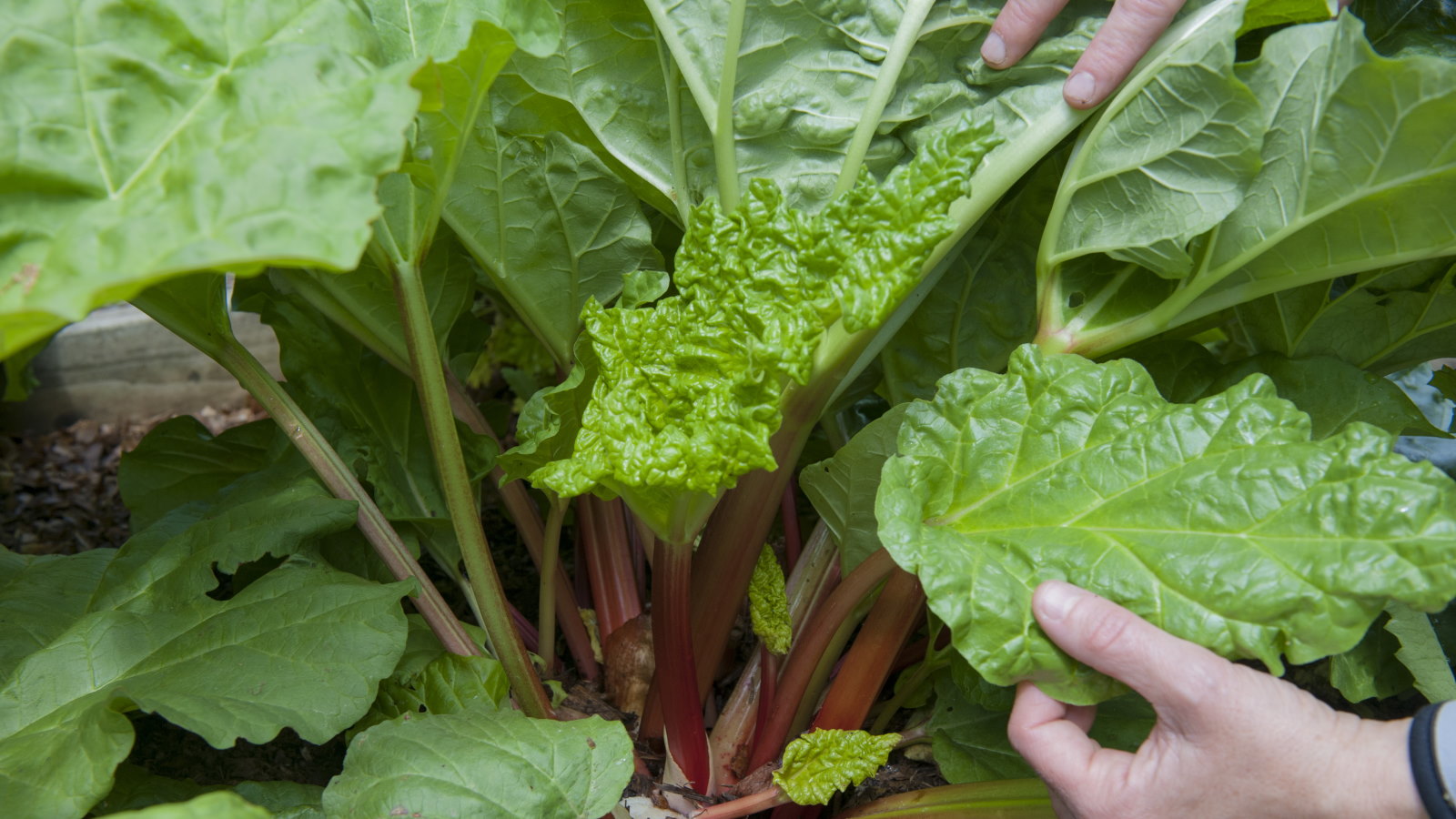 I grew rhubarb from seed for years – here’s exactly how to do it for guaranteed germination and healthy crops of fruit
I grew rhubarb from seed for years – here’s exactly how to do it for guaranteed germination and healthy crops of fruitGrowing rhubarb from seed is a cost-effective way to propagate plants, but it requires care and patience
By Drew Swainston

